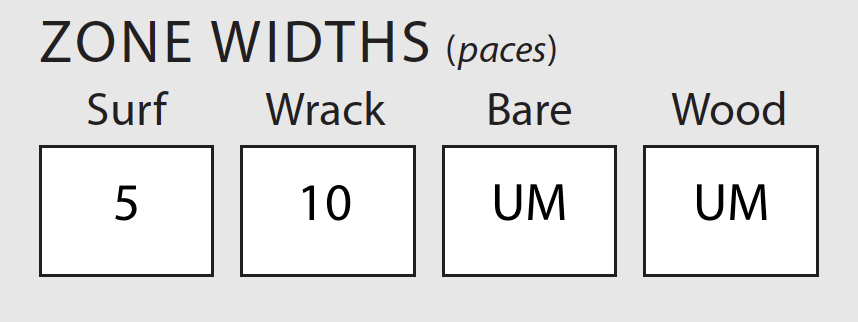Updated March 2022
Western Snowy Plovers are federally listed as a threatened species, and their breeding range is carefully monitored to support the recovery of the species. Plovers nest between March and September on the Pacific Coast, and particular efforts to monitor nesting beaches are ongoing in California and southern Oregon.
To support Snowy Plover research and conservation, COASSTers modify their beach survey area between March and September to avoid disturbing nearly-invisible nesting indentations on the high parts of the beach.

How to survey responsibly during plover breeding season
COASSTers should always observe posted signs indicating beach closures due to nesting activity. Our surveys for beached birds should never take priority over the safety of live birds.
In addition, during the plover breeding season COASSTers in potential plover breeding areas survey only from the surf through the wrack zone, where active tides make the low beach less-than-ideal for a nest with plover eggs or chicks. Above the highest wrack line, the beach is more stable during the spring and summer months – it is in this soft, dry High beach area that plovers may make their nests for breeding season.

When COASSTers record beach measurements during modified plover season surveys, the data sheets should all have UM for ‘unmeasured’ recorded for the bare and wood zones. That’s because when we don’t walk an area of beach, we don’t search that area either. The UM measurement lets us know that the beach area was restricted to the lower beach on that survey.

Plover Awareness Training
All COASST surveyors in California are asked to annually review the following video and pamphlet at the start of plover breeding season:
- CalAcademy Training Video (40 min):
- Background and natural history of Snowy Plovers
- Indentificaiton of (live) Snowy Plovers and other common beach shorebirds
- Snowy Plover breeding biology
- Factors limiting population recovery
- Conservation and management of the Snowy Plover
- Sharing the beach pamphlet
Surveyors outside of California are welcome to review these materials as well. Plovers have been found on coastal beaches as far north as Ocean Shores in recent years, so COASST participants in the lower 48 can all benefit from familiarity with plover identification and conservation practices.
If you would like to learn more about these birds, we also released a refresher Digital Deep Dive video about them last year. This is an overview of plover conservation, with key identification tips provided by our own Charlie Wright (starting around minute 18).
